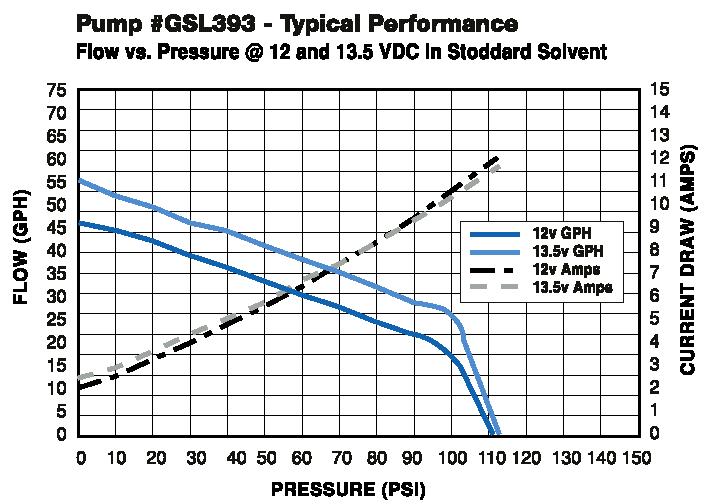The Phoenix F-1000 I purchased came with a fuel cell but no pump.
Another Phoenix owner told me that to prevent surging he needs to allow for an extra 2-3 gallons in the fuel cell.
My Sportsracer required a surge tank with a low pressure pump feeding the surge tank.
ATL makes a "black box" with check valves and high pressure pump.
The reviews on that product have not been perfect.
Also, some have questioned the safety and or legality of a seperate external surge tank.
I am considering installing the ATL "black box" without the check valves.
Use a low pressure pump to feed the "black box" thru the slit in the top.
Have the high pressure return line go into the top of "black box",
and then have the high pressure pump feed out of the "black box" with either an internal or external high pressure pump.
I would appreciate your opinions or suggestions.
Thanks Herman Pahls Oregon 541 404 6464




 Reply With Quote
Reply With Quote






